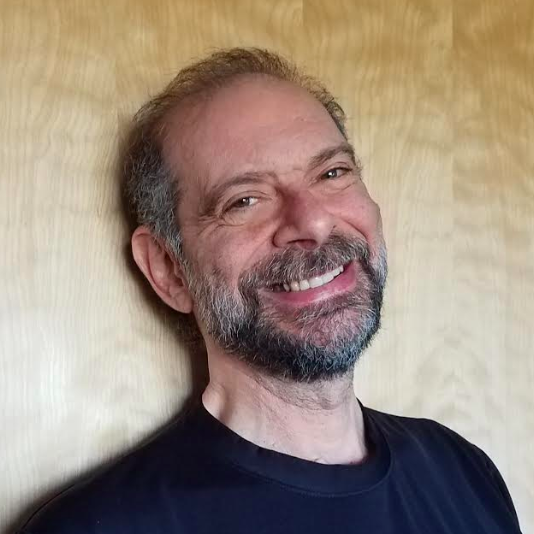For ten years, social entrepreneurs have been coming to the University of Santa Clara’s Center for Science, Technology and Society for learning and coaching from Silicon Valley role models like Geoffrey Moore, author of Crossing the Chasm as well as executives from companies like Intel and Cisco. During that period, participants in the Center’s Global Social Benefit Incubator (GSBI) program, 90 percent of whom are still in business, have benefited some 74 million people around the globe. The program currently has 160 members.
Most of the innovations coming in have come from and/or are intended for use in impoverished areas. But, according to Thane Kreiner, Executive Director of the Center, “Some innovations that social entrepreneurs are bringing to the developing world … would be extremely beneficial for us to adopt in the developed world.”
This is true for a couple of reasons. First, ideas which were often conceived at the point of need, by those experiencing the problem, are often highly practical, and given their customer base, must be producible at very low cost. These ideas, which often constitute out-of-the-box thinking from the perspective of corporate R&D mindsets, can often move up-market fairly easily because of their inherent simplicity and affordability. By contrast, many ideas coming out of conventional R&D labs end up as sophisticated and expensive solutions, looking for problems to solve.
One example of the former, is the Aravind Eye Care System established in India by Govindappa Venkatswamy in 1976. This system has performed 4 million operations thanks to its "McDonald's-style" high-volume assembly. The Aravind model has now been replicated in Mexico by SalaUno.
Shivani Siroya, one of the many women social entrepreneurs, founded a company called InVenture, an accounting tool for low-income individuals and businesses. The program provides financial literacy training and then provides a credit analysis tool based on data sent in by text messaging. Many of their clients are people that conventional financial institutions would not do business with. The company now has more than 5,000 users and is expanding into Africa, where in some countries, like Kenya, 25 percent of the country's GDP is processed through text messaging.
Of course this kind of innovation flows in both directions. Paul Polak, who might be the poster child for social innovation, moved from psychiatry into social entrepreneurship when he realized that poverty was the root cause of many of the problems he saw. The organization he founded, IDE, has developed very low cost solutions for rural households for essential functions such as pumping, filtration and irrigation systems that improve their livelihoods and their quality of life. Their work has impacted hundreds of thousands of households and brought millions out of poverty.
This kind of innovation is also finding homes in developed countries that are seeing their own increasing levels of poverty. As the gap between rich and poor continues to grow back home, two very distinct markets are beginning to emerge. Micro-finance which truly originated in the developing world decades ago is now beginning to catch on here. But what about manufacturing? What about the idea of producing items here in the U.S. that are so inherently low in cost, that they can be produced here instead of importing them from China or elsewhere?
Health care, especially in the U.S., is a great target area for this kind of “reverse innovation” given the fact that we are rated number one in health care cost yet rank only number 37 in health care performance. This is a good example of using ideas generated at, or for the base of the pyramid economies to “help us fix what's broken in our own backyard.” Take, for example, the handheld ultrasound unit developed by GE Medical for use in rural India. The reasons for its success over there should be obvious. But, surprisingly, that device has now become very popular in the U.S. and Europe, too, because of its ease of use and inherent utility.
It’s really a matter of thinking about products in a new way, to feed a growing market that may be inherently more sustainable. Plug-in hybrids represent a great advance in sustainable transportation, but so do e-bikes. While many of the innovations coming from the West tend to be incremental in nature, brand new, clean sheet ideas have the potential to be disruptive.
Bottoms-up value models will have an inherent advantage because they emerge from a deeply rooted synthesis of a basic need and an organic capability. Think of a tree. Because of the way it expresses its uniqueness in concert with the nine laws of nature, it is inherently sustainable. This is the direction that bottoms-up value companies are taking and all indications are that it will serve them well.
[Image credit: IIED.org :Flickr Creative Commons]
RP Siegel, PE, is an inventor, consultant and author. He co-wrote the eco-thriller Vapor Trails, the first in a series covering the human side of various sustainability issues including energy, food, and water in an exciting and entertaining format. Now available on Kindle.
Follow RP Siegel on Twitter.

RP Siegel (1952-2021), was an author and inventor who shined a powerful light on numerous environmental and technological topics. His work appeared in TriplePundit, GreenBiz, Justmeans, CSRWire, Sustainable Brands, Grist, Strategy+Business, Mechanical Engineering, Design News, PolicyInnovations, Social Earth, Environmental Science, 3BL Media, ThomasNet, Huffington Post, Eniday, and engineering.com among others . He was the co-author, with Roger Saillant, of Vapor Trails, an adventure novel that shows climate change from a human perspective. RP was a professional engineer - a prolific inventor with 53 patents and President of Rain Mountain LLC a an independent product development group. RP was the winner of the 2015 Abu Dhabi Sustainability Week blogging competition. RP passed away on September 30, 2021. We here at TriplePundit will always be grateful for his insight, wit and hard work.














